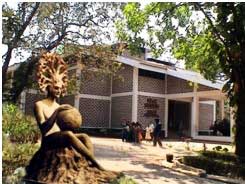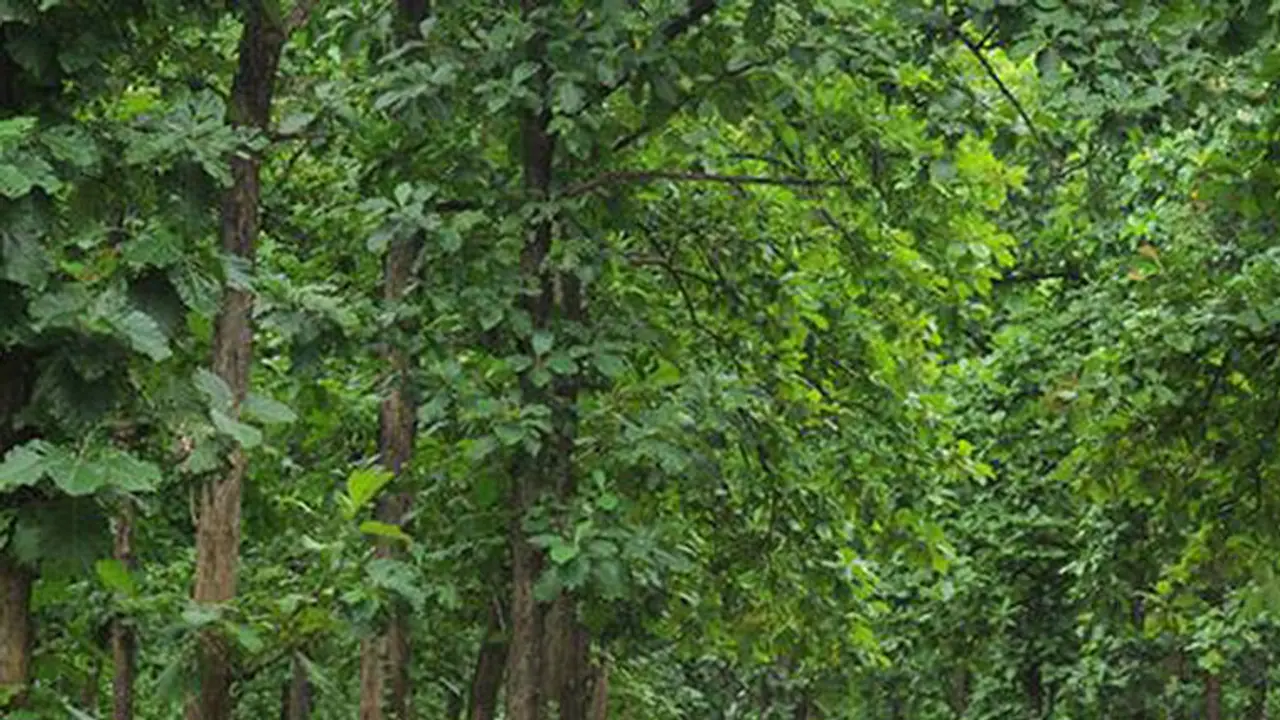The first teak plantations in the world was raised in Nilambur in 1842 by the British. H V Conolly, the Malabar District Collector during the British rule, was instrumental in planting teak in the entire Nilambur area

 The fame of Nilambur Teak, the majestic teak from the forests of Western Ghats in Nilambur in Malappuram, crossed the seven seas in the early 19th century with the British realising the superior quality wood is perfect for shipbuilding. Now, a combined attempt of government agencies and Nilambur Teak Heritage Society is all set to win it the Geographical Indication (GI) tag for the uniqueness of the wood grown in the plantations close to the Western Ghats in Nilambur.
The fame of Nilambur Teak, the majestic teak from the forests of Western Ghats in Nilambur in Malappuram, crossed the seven seas in the early 19th century with the British realising the superior quality wood is perfect for shipbuilding. Now, a combined attempt of government agencies and Nilambur Teak Heritage Society is all set to win it the Geographical Indication (GI) tag for the uniqueness of the wood grown in the plantations close to the Western Ghats in Nilambur.
The Society, the Intellectual Property Rights Cell of the Kerala Agricultural University (KAU), the Kerala Forest Research Institute and the Department of Forests started the efforts to get the GI tag for Nilambur teak in 2013 and completed the procedures for filing the application two years later. As per reports, the GI certification will be issued in a month, making it one among the unique Kerala products with GI tag that includes Pokkali rice, Vazhakulam Pineapple, Chengalikodan banana, Jeerakasala and Gandhakasala rice varieties from Wayanad, Tirur Betel vine and Central Travancore Jaggery.
Known as the best teak wood in the world, Nilambur teak is considered the most durable and workable among the lot. In the ancient days, teak from Malabar has been high in demand among the Arabs and British for ship building. Even now, the luxury dhows (uru) are built with teak and Nilambur teak is high in demand for Uru making.
No wonder, the first teak plantations were raised in Nilambur in 1842 by the British. H V Conolly, the Malabar District Collector during the British rule, was instrumental in planting teak in the entire Nilambur area, with the help of Chathu Menon, a forest officer. Now the plantation is named after Conolly. Kannimari, the oldest teak tree, is a rare attraction at the Conolly Plantations that extends across 2.31 hectares.

The British also laid Nilambur-Shoranur Railway line to transport the teak logs and tonnes of Nilambur teak were exported to England.
Known as the Mecca of teak, Nilambur has about 10 percent (with 8,000 hectares of teak) of all the teak plantations in Kerala. It also houses a teak museum established in 1995.
The GI tag would help check the proliferation of fake products being sold and exported as Nilambur teak, the IPR cell of the KAU hopes.
Image Courtesy: Kerala Tourism
